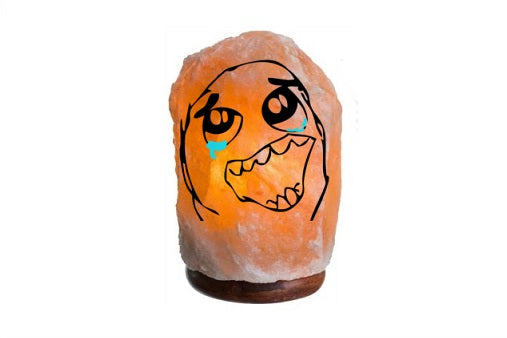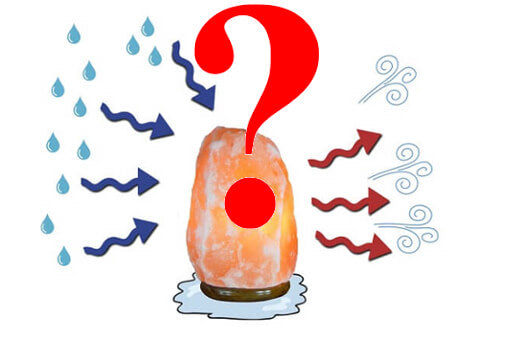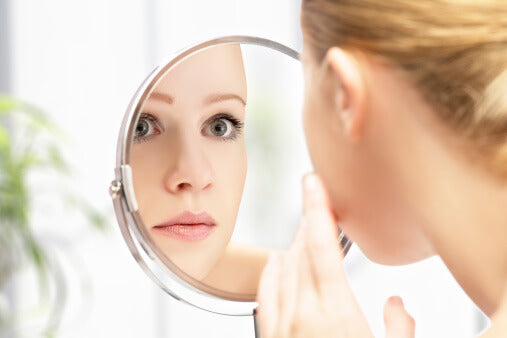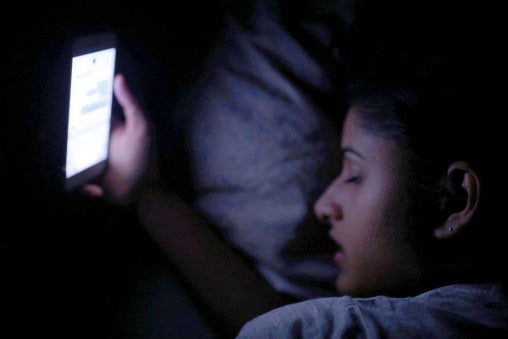
Written by the salt lamps team
You may be the unsuspecting victim of a “crying” salt lamp. If you’ve noticed water collecting on your lamp either on the surface or at the base, fear not, there’s nothing wrong with your lamp. Lamp crying, also known as “leaking”, “sweating”, “weeping” or “melting” is quite normal. Even though it’s called leaking the water is not actually coming from the lamp itself. So... Why do salt lamps leak?
It occurs due to the natural properties of salt lamps. Salt is hygroscopic, meaning it draws in moisture from the air by default. For this reason if you leave a salt lamp anywhere, especially out in the open or in humid environments, water from the air will naturally start to condense on the surface. When enough of it condenses, it will start dripping to the base, hence the terms crying and leaking.
What to do if your lamp starts to “melt”
We should make it clear that this is in no way actual melting of your salt lamp, it’s simply water that’s collected on the surface that condenses and drips down. But a little bit of leaking is always going to happen so it’s impossible to completely avoid it, unless you live in a very arid area. However, there are several things you can and SHOULD do to minimize this salt sweating effect. This is especially true for those lamp owners who live in humid environments where their lamp is prone to more leaking.
Where not to place your lamp
The first step is to avoid places where there is clearly going to be more moisture than normal, because that’s where your lamp will draw in the most moisture. Here’s some place you probably should not place your lamp if you want to avoid excessive leaking
- bathrooms
- kitchens
- laundromat
- Open and out door spaces
- next to open window
Keep your lamp on all the time
If you can avoid placing your lamp in the above environments you’re already half way there to preventing leaking. The next best thing to do is to keep your lamp on. Keep your lamp on for as much of the day as possible. 24/7 is ideal, but if you can’t do that for some reason than at least 16 hours a day. This will keep your lamp warm and any water that collects on the surface will evaporate immediately.
Get a higher wattage bulb
Our lamps already come with 15W bulbs, which are more powerful than the standard 7w bulbs you get with most lamps. However, if you live in an especially humid area you might want to get a more powerful 25W or 30W bulb. These bulbs will create more heat in your lamp and not only will that evaporate the water on their surface more quickly, but it will also generate more negative ions because of the faster evaporation
Use a moisture absorber
You can also use a moisture absorber in the same room as your salt lamp. This will reduce the overall moisture in the air and prevent your lamp from leaking. Damprid is a good option for most situations.
Cover your lamp when turned off or when storing away
If you’re going to turn your lamp off or store it away long term then it’s best to either wrap it glad wrap, or bubble wrap. This will prevent it from collecting moisture.
Sometimes the above steps won’t be enough to prevent excessive leaking, in that case you will have to take measures to prevent any damage to your lamp or furniture after leaking has occured. To do this, follow these steps.
- Turn off your lamp, unplug the cord and dry the lamp. Follow our lamp maintenance guide for more details on how to dry your wet lamp.
- The water that comes off your lamp is not ordinary water, but salt water. When it evaporates it leaves behind salt crystals, therefore it’s important to wipe this water clean from furniture or other surfaces properly.
- You might also have to wipe your lamp base and possibly scrape some salt crystals off of it. If you need to scrape salt crystals off of your base make sure you don’t use a metal scraper if you have a wooden base (this would cause scratches on your base). Use hard plastic tools, like plastic disposable cutlery.
- One way to avoid water dripping onto your furniture is to place your lamp on a placemat or a small dish so that the water doesn’t collect on the furniture.
Just remember, leaking is a normal symptom of salt lamps. It can be avoided by the tips we’ve given in this article and you should make sure that it’s not left unattended for a long period of time. This is because if you don’t occasionally dry a lamp that is leaking, over time the water may start to erode on the wooden base and that really ruins the aesthetics of the lamp (take it from us). However, with some minimal care and maintenance it shouldn’t be an issue at all. We hope these tips and tricks help you to make the most out of your lamp.
We also recommend you read our salt lamp care and maintenance guide where you can learn more on why your salt lamp is leaking water and what to do about it.
Hope you enjoyed this read!
From, The Salt Lamp Shop








Comments
My salt lamp is constantly leaking every day plugged in and unplugged. It makes a mess. It is in my bedroom upstairs. What can I do about it? I am ready to dispose it.
himalayan salt lamp
Hi Salt Lamp Shop
I was wondering if you sell the salt inhalers and the mats for under the salt lamps that you talk about in your blog articles?
Also are you able to give an approximate size of the salt lamps? I am trying to decide which ones to buy for 2 large living spaces.
Also is it best for the lamps to be in an open space or do they work just as well if they are on a bookshelf or other area where there is less airflow?
Thanks so much
Kristy